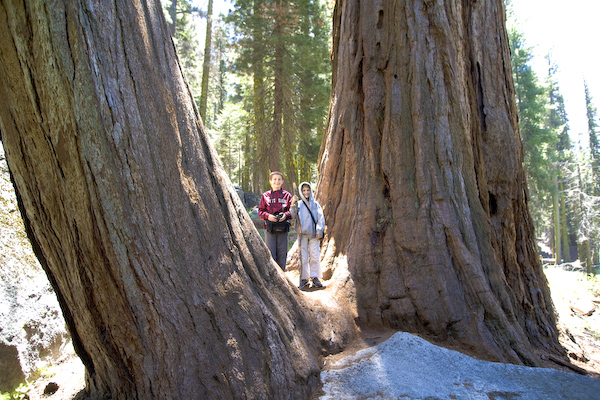Improved Composition through Better-than-Blue Skies
A clear blue sky appeals at many levels, but it presents some tough challenges to the would-be photographer.
An empty blue sky often becomes the “negative space” in an image — the “anti-subject”, if you will. Awareness (and careful utilization) of negative space can be a great tool in composing photographs (as was discussed in a previous posting), but I have not yet found much success in having three-fourths of an image composed of featureless blue sky. In fact, had there been nothing but pure blue skies on the morning I created the above image, I would have composed quite differently, aiming lower, using more of a telephoto lens (the above was made at the modest wide-angle focal length of 35mm), and striving to find something of greater interest in the foreground — all tactics to reduce the amount of pure blue sky in the image. And, in the end, I likely would have ended up with an image that was far less satisfying.
After many years of doing landscape photography, I have become quite disappointed with pure blue skies. Instead, I find my trigger finger twitching with anticipation when I see clouds like these. In this image, the clouds were an enhancement to the sky, allowing me to include more of the sky which, in turn, enabled me to provide more of a backdrop for that which captured my attention the most: the serpentine plume of steam emanating from the geyser. In general, having things in the sky (be they clouds, the moon, or — and this may be viewed as blasphemous — even jet contrails) gives us more choices in how we compose.

Tip of the Week
2007.07.02


